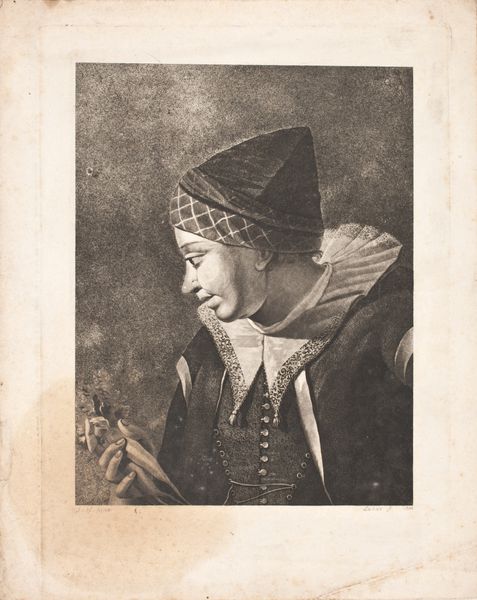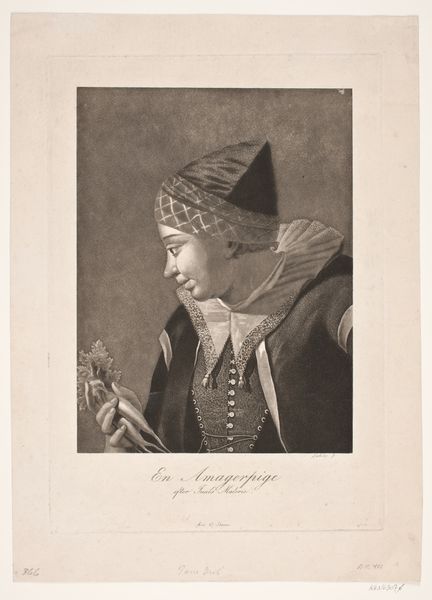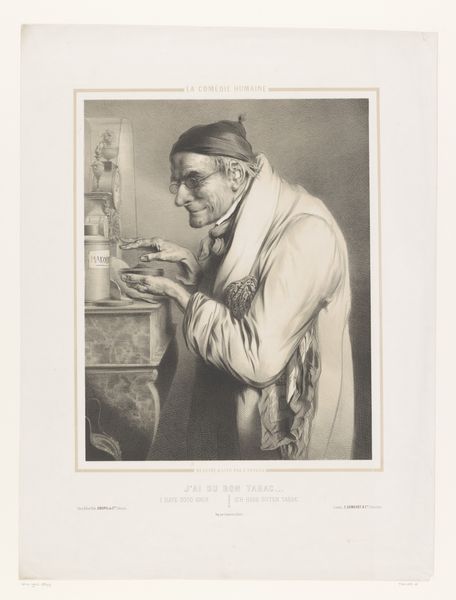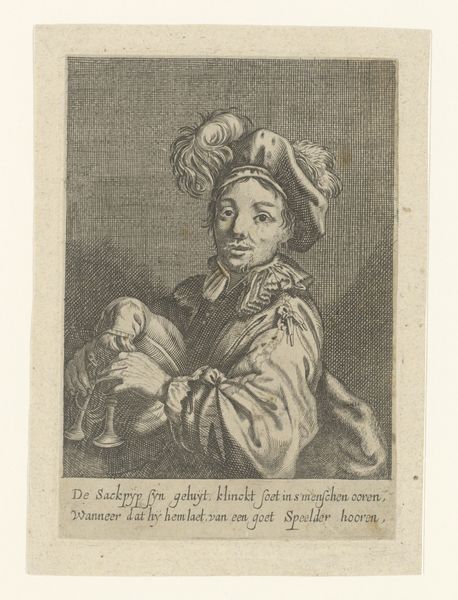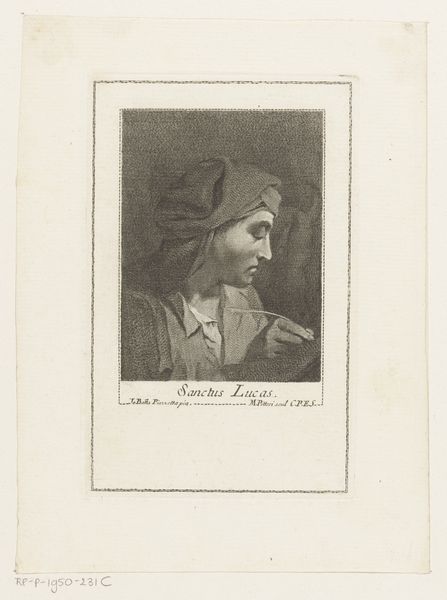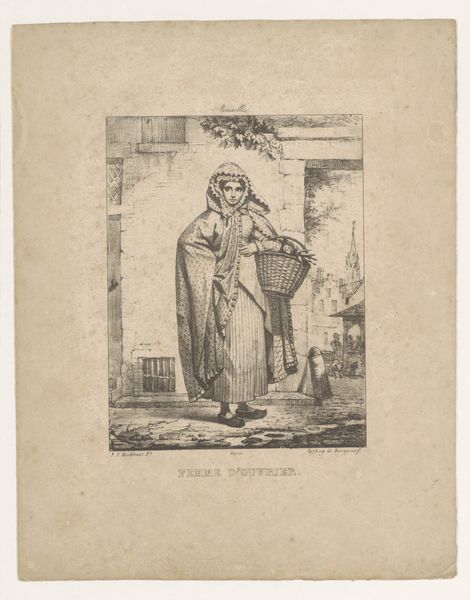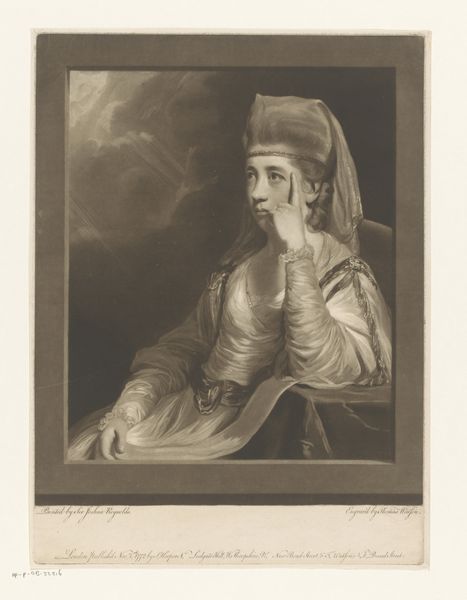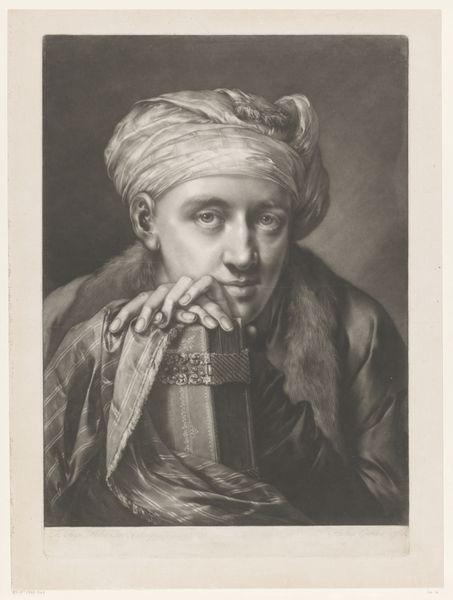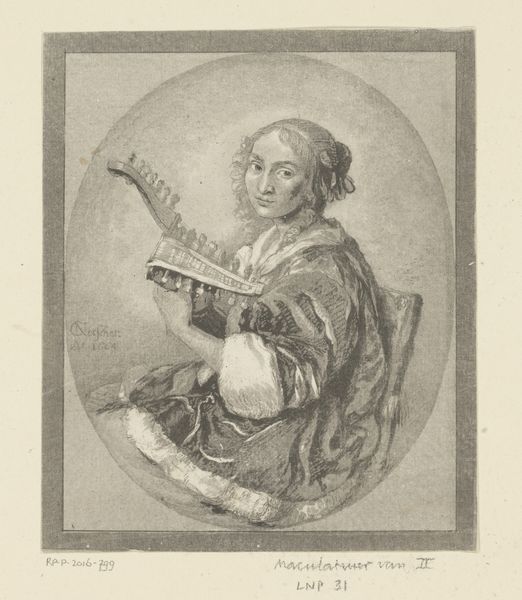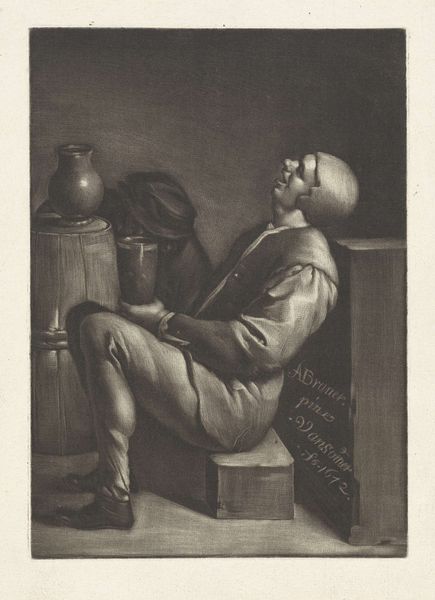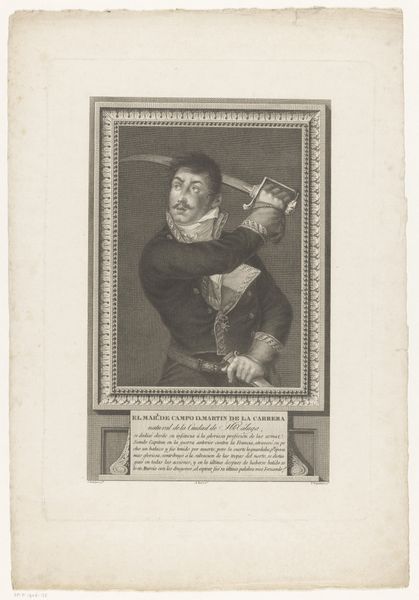
print, engraving
portrait
romanticism
northern-renaissance
engraving
Dimensions: 210 mm (height) x 162 mm (width) (billedmaal)
Editor: This is "En Amagerpige" by Gerhard Ludvig Lahde, created in 1804. It's an engraving, a type of print. I find the subject's downward gaze very contemplative. What can you tell me about it? Curator: Well, let's consider the materials. Engraving, as a process, is inherently tied to reproduction and dissemination. How does the accessibility of a printed image like this alter the concept of portraiture and its role in society? Editor: That's interesting, I hadn't thought about that. So, by being a print, it allowed for a wider distribution, right? Making the image of this woman from Amager available to a broader audience? Curator: Exactly! And think about Amager itself. What does it mean to portray someone from that specific location, a region known for its market gardens and Dutch heritage, through this repeatable medium? Is it an attempt to document, idealize, or perhaps commodify a certain cultural identity? Consider the labor involved in producing the print. Editor: That’s a fascinating angle. I guess it raises questions about who is consuming this image, and what their relationship is to the woman and her community. It wasn't just a simple depiction, but also part of a broader economic system. The material production and distribution became part of the meaning. Curator: Precisely! By examining the "how" and "why" of its making, we uncover layers of meaning that go beyond a simple representation of a woman holding flowers. This reveals so much about consumption and society's relationship to both art and the figure represented. Editor: Thank you, I am leaving with a much broader view than when I started. I'll never look at prints the same way. Curator: And hopefully a greater understanding of the ways material processes shape cultural meaning.
Comments
No comments
Be the first to comment and join the conversation on the ultimate creative platform.
